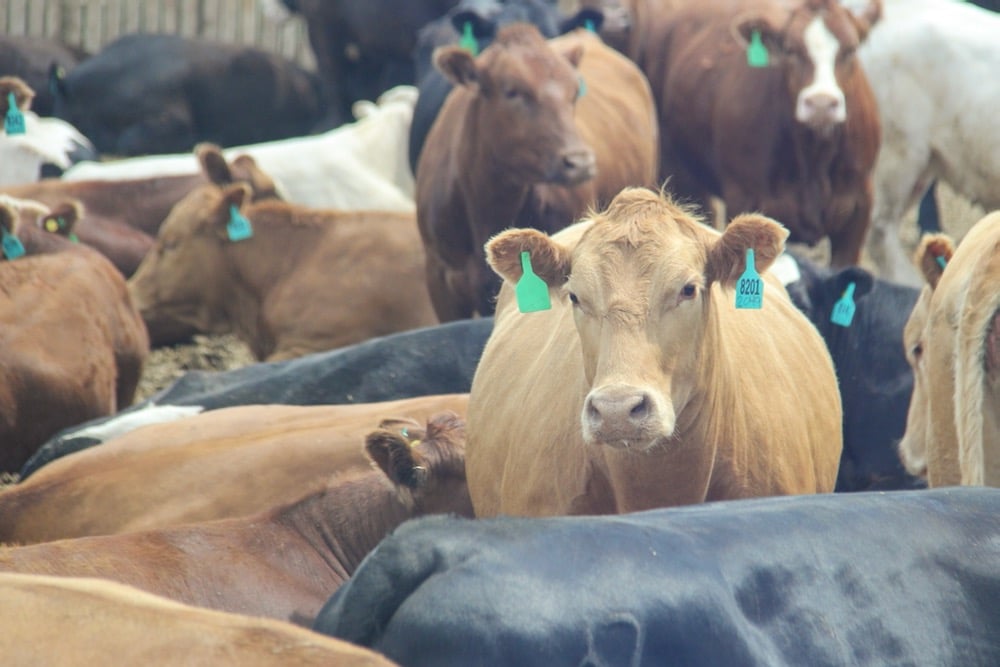Wet and cool conditions across the Prairies are expected to keep cattle producers buying feed barley, as their livestock will be headed out to pasture later than usual.
Jim Beusekom, grain merchant with Marketplace Commodities at Lethbridge, Alta., said that for the time being at least, demand for barley should remain steady from cattle farmers.
“We are still seeing good demand for feed grains, where as normally producers would be looking at putting the cattle out on grass,” Beusekom said. “So there is more grain in demand because they won’t get out there as early as usual.”
Read Also

U.S. livestock: Chicago cattle futures mixed ahead of Thanksgiving holiday
Chicago | Reuters – Chicago Mercantile Exchange’s live cattle futures were mixed on Tuesday, with nearby contracts extending the previous…
Although demand from the cattle sector remains strong right now, Beusekom said once the snow melts, purchases should see a decline from livestock producers.
“A lot of rain and a lot of snow means we should see some pretty good grass conditions once the snow does finally melt, because there aren’t many dry conditions across the Prairies,” he said.
While domestic demand for feed barley has been strong, export interest has been on the downside of late.
“Exports of feed barley, and feed wheat for that matter, are very slow-moving, which is keeping more grain around here domestically,” Beusekom said. “Every elevator is claiming that they can’t get rail cars.”
When asked what the expected late seeding season would mean to crops, he said, “A later spring can either lead to more feed grains, or like we saw last year, a reduced amount of acres seeded.
“However, because of the wet spring, whenever there are good days, you can expect machinery to roll 24 hours a day. I think we could be surprised how quick the crop will get in once we see some nice days, because there won’t be any fooling around,” he said. “With today’s equipment and technology, producers can get a crop in mighty quick.”
With the pros and cons in the marketplace right now, prices haven’t been fluctuating, he said.
“This is keeping prices steady, where at this time of year they would normally be going up. Rolling into April, I think the feed market will stay mostly steady,” he said. “There could be a bit of improvement, depending on how many logistical issues we have.”
Elevator deliveries for feed barley were bringing as much as $4.28 per bushel in Manitoba, $3.76 per bushel in Saskatchewan, and $4.39 per bushel in Alberta, according to Prairie Ag Hotwire. These prices are anywhere from unchanged to six cents per bushel higher than one week ago.














